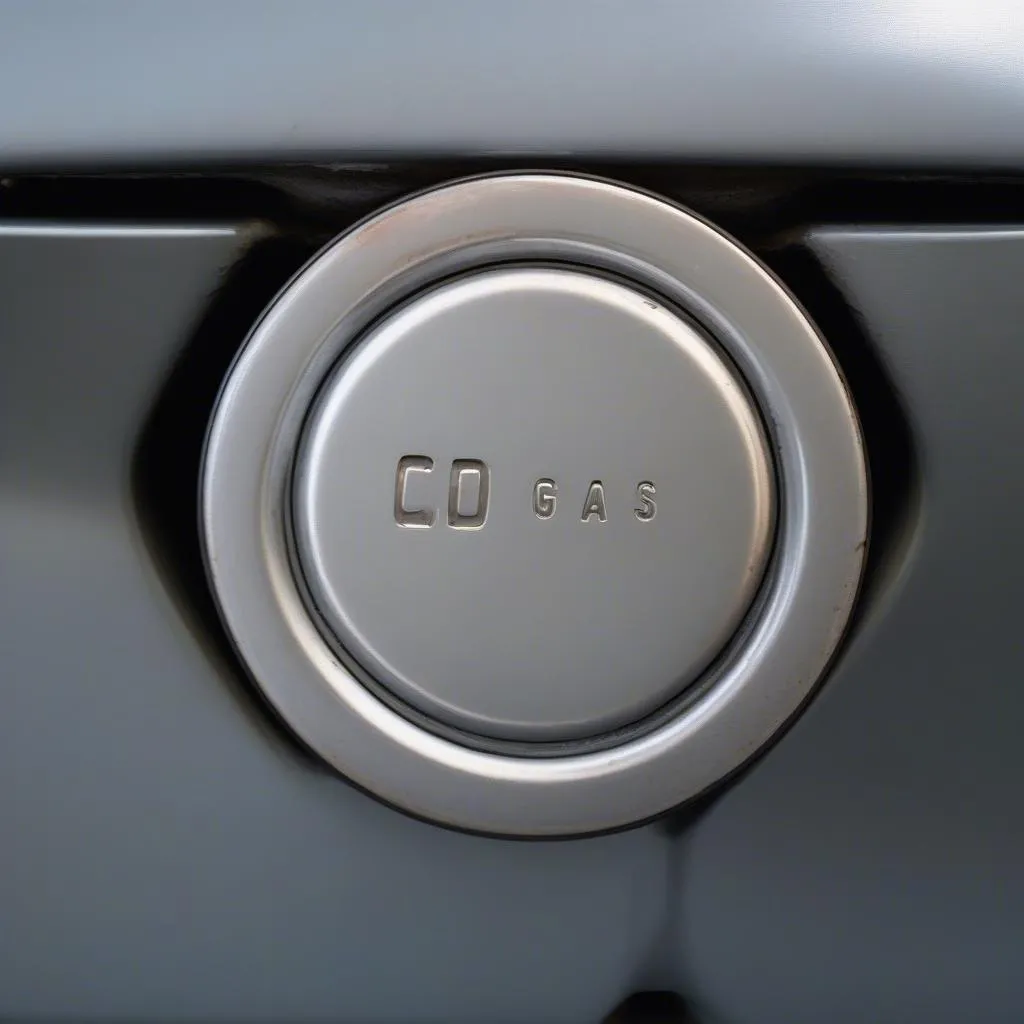Imagine this: You’re driving down a sunny highway, enjoying the open road and a playlist of your favorite tunes. Suddenly, a little orange light on your dashboard flickers to life, and your heart sinks. The dreaded “Check Engine” light is on, and you’re instantly flooded with anxiety. What does it mean? Is your car about to explode?
Don’t panic! While a “Check Engine” light can be a little unnerving, it doesn’t always signal an impending disaster. This guide will explain the reasons behind a lit-up “Check Engine” light, the common causes, and what you can do about it.
Understanding the Check Engine Light
The “Check Engine” light, often accompanied by an icon resembling a car with a wrench or an engine, is a crucial component of your car’s onboard diagnostic system (OBD). It’s designed to alert you to potential issues with your vehicle’s emissions system or other critical components. Think of it like your car’s “early warning system” for potential problems.
From a Mechanic’s Perspective:
Richard Williams, a renowned automotive technician with over 30 years of experience, says, “The “Check Engine” light is a valuable tool for diagnosing problems. It helps us quickly identify potential issues that can negatively impact your car’s performance and emissions.”
From a Technical Perspective:
The light is triggered by the Engine Control Module (ECM), also known as the Engine Control Unit (ECU), which is essentially your car’s brain. The ECM monitors various sensors throughout your vehicle and triggers the light when it detects a discrepancy or a malfunction.
From an Economic Perspective:
Ignoring a “Check Engine” light can lead to more serious and expensive problems down the line. Ignoring a minor issue that could have been addressed early can turn into a costly repair, costing you more money in the long run.
Why Is My Check Engine Light On? Common Reasons
Now, let’s delve into some common culprits behind a flashing “Check Engine” light.
1. Loose Gas Cap:
 Gas Cap
Gas Cap
One of the most frequent reasons for a “Check Engine” light is a loose or faulty gas cap. This might sound trivial, but a loose gas cap can disrupt the fuel tank’s pressure, leading to the ECM detecting a potential leak or problem in the emissions system.
2. Oxygen Sensor Malfunction:
The oxygen sensor is a crucial part of your car’s emissions system, monitoring the amount of oxygen in your exhaust. If it malfunctions, it can lead to inaccurate readings, triggering the “Check Engine” light.
3. Spark Plug Issues:
Spark plugs play a critical role in igniting the fuel mixture in your engine. If they are worn out or fouled, it can affect engine performance and trigger the “Check Engine” light.
4. Catalytic Converter Malfunction:
The catalytic converter is responsible for cleaning up harmful emissions from your engine. A faulty catalytic converter can lead to a buildup of pollutants, triggering the “Check Engine” light.
5. Mass Airflow Sensor (MAF) Problems:
The MAF sensor measures the amount of air entering your engine. A malfunctioning MAF sensor can lead to incorrect fuel-to-air ratios, affecting engine performance and causing the “Check Engine” light to illuminate.
What To Do When Your Check Engine Light Is On
1. Check the Gas Cap:
The first step is to check your gas cap. Make sure it’s securely tightened. Sometimes, simply tightening it can reset the light.
2. Read the Codes:
Modern vehicles use OBD-II technology, allowing you to read diagnostic codes using a code reader. You can purchase a code reader from most auto parts stores. Once you have the codes, you can research them online or consult with a mechanic.
3. Consult a Mechanic:
If the light persists or you’re unsure about the codes, consult a qualified mechanic. They can use specialized diagnostic tools to identify the problem and recommend appropriate solutions.
Frequently Asked Questions:
Q: Can I reset the “Check Engine” light myself?
A: In some cases, you can reset the “Check Engine” light by disconnecting the battery for a few minutes. However, this will only clear the code, and the issue might still persist.
Q: How serious is a “Check Engine” light?
A: The severity of a “Check Engine” light can vary. It can signal a minor issue like a loose gas cap or a more serious problem requiring immediate attention. It’s best to have it checked by a mechanic.
Q: Will my car drive safely with the “Check Engine” light on?
A: In many cases, your car can be driven safely with the “Check Engine” light on. However, it’s always best to get it checked to ensure the problem isn’t worsening and causing potential damage.
Related Content:
- Why Did My Engine Light Come On?
- Engine Shakes When Starting
- ABS and Brake Light On at the Same Time
- OBD vs. OBDII
- Computer Diagnostic Test Software
Conclusion
A “Check Engine” light can be a source of worry, but it’s important to remember that it’s designed to help you maintain your car’s health. By understanding the reasons behind this light and taking the right steps, you can ensure your vehicle remains safe and reliable.
Need help with diagnostics or have questions about your “Check Engine” light? Don’t hesitate to contact us! We offer 24/7 support and expert advice. Reach out via Whatsapp at +84767531508.